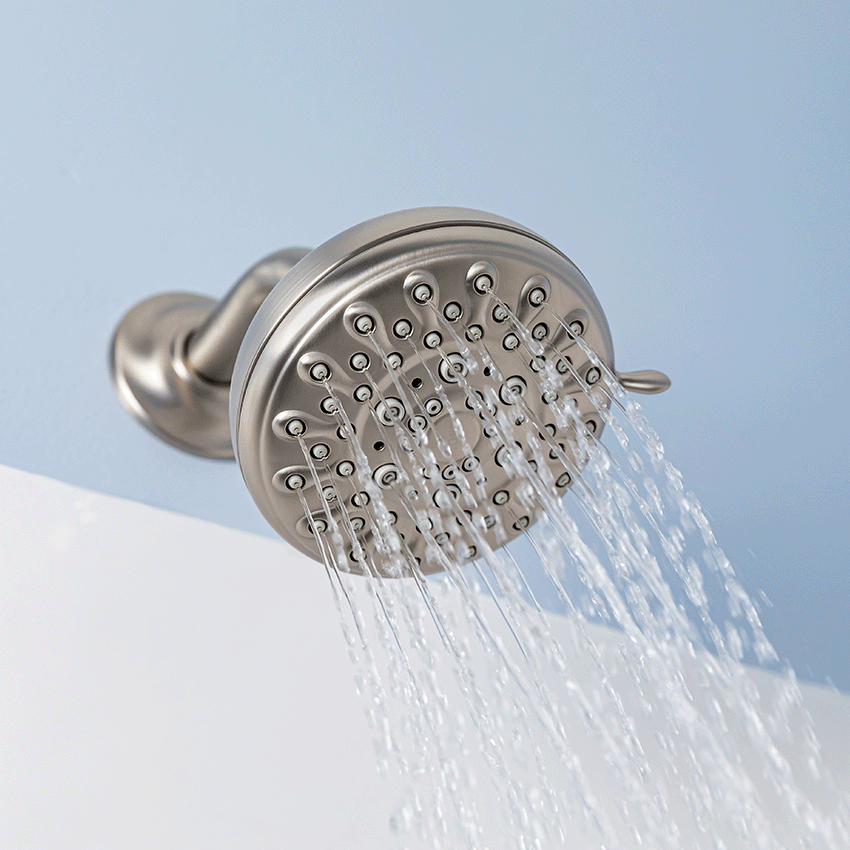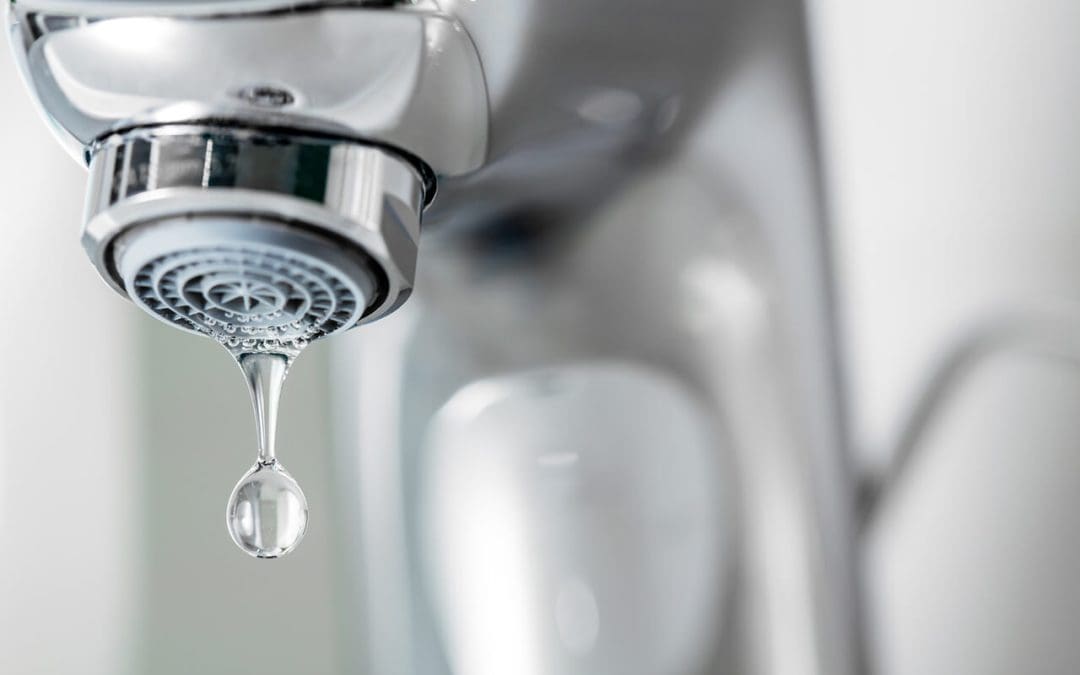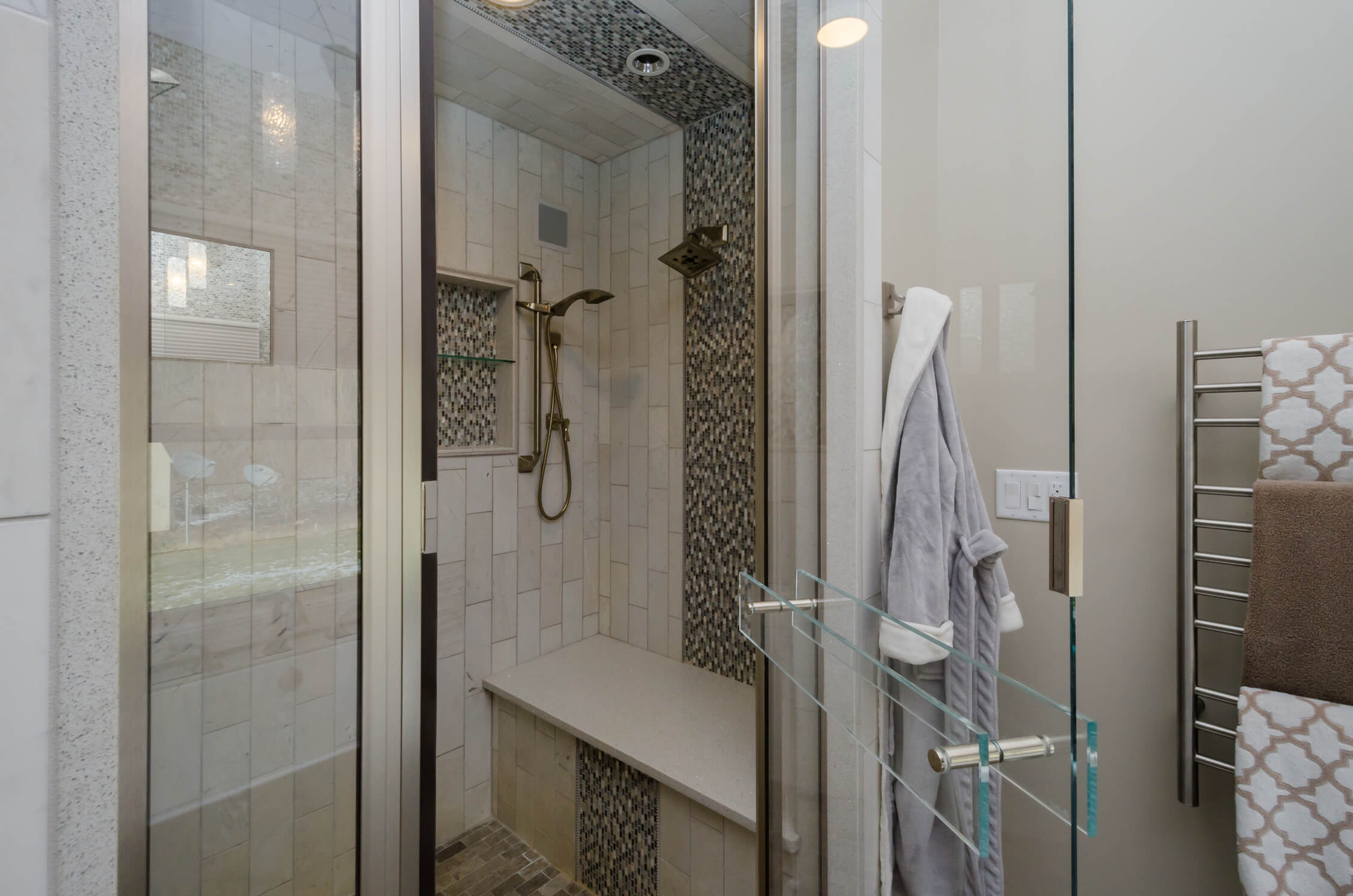Understanding Low-Flow Fixtures

Low-flow bathroom fixtures are a smart way to conserve water without sacrificing your comfort. They use less water per flush or flow, reducing your water bill and helping the environment.
Traditional vs. Low-Flow Fixtures
Traditional bathroom fixtures, like toilets and showerheads, often use a lot of water. Low-flow fixtures, on the other hand, are designed to use less water while still providing a satisfying experience.
For example, a traditional toilet can use up to 7 gallons per flush, while a low-flow toilet uses only 1.28 gallons per flush. That’s a significant difference!
Common Low-Flow Fixtures
Low-flow fixtures are widely available and come in a variety of styles and functionalities. Here’s a list of some common ones:
- Low-Flow Toilets: These toilets use a variety of technologies to reduce water usage, including dual-flush mechanisms, pressure-assisted flushing, and gravity-fed systems. They typically have a flow rate of 1.28 gallons per flush or less.
- Low-Flow Showerheads: These showerheads use less water per minute than traditional showerheads, but they still provide a satisfying shower experience. They typically have a flow rate of 2.5 gallons per minute or less.
- Low-Flow Faucets: These faucets use less water per minute than traditional faucets, but they still provide a comfortable flow. They typically have a flow rate of 1.5 gallons per minute or less.
Water Savings with Low-Flow Fixtures
| Fixture Type | Functionality | Typical Water Savings |
|---|---|---|
| Low-Flow Toilet | Reduces water usage per flush | Up to 67% water savings compared to traditional toilets |
| Low-Flow Showerhead | Reduces water usage per minute | Up to 40% water savings compared to traditional showerheads |
| Low-Flow Faucet | Reduces water usage per minute | Up to 30% water savings compared to traditional faucets |
Benefits and Considerations: Low Flow Bathroom Fixtures

Choosing low-flow bathroom fixtures is like choosing a “pagi” that’s not just cheap but also good for the environment, bro! It’s a win-win situation. These fixtures save you money and help save the planet. But like everything else in life, there are a few things you need to consider before diving in.
Environmental Benefits
Using low-flow fixtures is like being a “jago” in saving water. It’s like you’re giving the planet a big “hug” by reducing your water consumption.
- Reduced Water Consumption: Low-flow fixtures use less water per flush or per minute, which means you’re saving precious water resources. It’s like saying “no” to wasteful water usage, and that’s a good thing, bro!
- Reduced Wastewater Treatment Costs: By using less water, you also reduce the amount of wastewater that needs to be treated. This helps save money and energy, and it’s a win-win for everyone. It’s like saying “bye bye” to unnecessary costs.
- Reduced Energy Consumption: Treating wastewater requires energy. By reducing wastewater, you also reduce the amount of energy needed to treat it. It’s like giving your electricity bill a “high five” because it’s lower than usual.
- Conservation of Water Resources: Water is a precious resource, and we need to conserve it. Low-flow fixtures help us do just that, making sure there’s enough water for everyone, even the “anak-anak” who need it for their “mainan” (toys). It’s like giving back to the community, bro!
Financial Advantages, Low flow bathroom fixtures
Using low-flow fixtures is like getting a “diskon” on your water bill. It’s like saying “selamat tinggal” to high water bills and “halo” to savings.
- Lower Water Bills: Low-flow fixtures help you save water, and that means lower water bills. It’s like having more “duit” in your pocket, bro! You can use it for “makan” (food) or even a new “celana” (pants).
- Reduced Maintenance Costs: Low-flow fixtures use less water, which means there’s less wear and tear on your plumbing system. It’s like saying “no” to expensive plumbing repairs.
Challenges of Low-Flow Fixtures
While low-flow fixtures are a great option, they can sometimes feel like a “kecewa” (disappointment). You might feel like the water pressure is low, or the performance isn’t as good as traditional fixtures.
- Reduced Water Pressure: Low-flow fixtures use less water, which can sometimes result in reduced water pressure. It’s like saying “sabar” (be patient) because the water might not be as strong as you’re used to. But hey, it’s all for a good cause.
- Reduced Performance: Some people find that low-flow fixtures don’t perform as well as traditional fixtures. It’s like saying “coba lagi” (try again) because it might take a few tries to get the right amount of water flow.
Cost Comparison
Choosing low-flow fixtures is like investing in your future. The initial cost might be a bit higher, but it’s an investment that pays off in the long run.
- Initial Cost: Low-flow fixtures can be more expensive than traditional fixtures. It’s like saying “sedikit mahal” (a bit more expensive) upfront. But trust me, it’s worth it.
- Long-Term Cost-Effectiveness: The savings you get from lower water bills and reduced maintenance costs will outweigh the higher initial cost. It’s like saying “untung besar” (big profit) in the long run.
Pros and Cons of Low-Flow Fixtures
Here’s a quick summary of the pros and cons of using low-flow fixtures:
| Pros | Cons | |
|---|---|---|
| Water Conservation |
|
|
| User Experience |
|
|
Installation and Maintenance

Installing and maintaining low-flow bathroom fixtures is a breeze, especially if you’re a little handy around the house. You’ll be surprised how easy it is to make a difference in your water bill and save the planet, one flush at a time.
Installation of Low-Flow Bathroom Fixtures
Installing low-flow bathroom fixtures is similar to installing traditional fixtures, but with a few key differences. Here are some steps to help you get started:
- Turn off the water supply. This is crucial to avoid flooding your bathroom and making a mess. It’s like turning off the tap before you start cleaning, right?
- Disconnect the old fixture. This is where you might need a wrench or two, but it’s pretty straightforward. Just remember to be careful and not damage the surrounding pipes.
- Install the new fixture. Now, this is where things get interesting. Make sure to follow the manufacturer’s instructions carefully. It’s like reading the recipe before you start cooking, you don’t want to end up with a burnt dish, right?
- Reconnect the water supply. Slowly turn the water back on and check for leaks. You don’t want any surprises, right?
- Test the fixture. Flush the toilet, turn on the faucet, or run the shower to make sure everything is working properly. It’s like trying out a new dish, you want to make sure it tastes good, right?
Maintenance of Low-Flow Bathroom Fixtures
Maintaining low-flow fixtures is essential to keep them working efficiently and prevent any problems down the line. It’s like taking care of your car, regular maintenance keeps it running smoothly.
- Clean the fixtures regularly. Use a mild cleaner and a soft cloth to wipe down the fixtures. Don’t forget to clean the aerator on your faucet, it’s like cleaning the air filter in your car.
- Check for leaks. Regularly inspect your fixtures for any signs of leaks. It’s like checking your tires for air pressure, you don’t want a flat tire, right?
- Replace worn-out parts. If any parts of your fixture are worn out, replace them as soon as possible. It’s like replacing a worn-out tire, you don’t want to risk getting a flat tire, right?
Comparison of Installation and Maintenance Requirements
Installing and maintaining low-flow fixtures is very similar to traditional fixtures. However, there are a few key differences.
- Installation: Low-flow fixtures might require slightly different installation procedures, but it’s nothing too complicated. It’s like learning a new recipe, it might have a few different steps, but it’s not that hard.
- Maintenance: Low-flow fixtures often require less maintenance than traditional fixtures. It’s like having a car that needs less oil changes, less hassle, right?
Tips and Best Practices
Here are some tips and best practices to maximize the efficiency and lifespan of your low-flow bathroom fixtures:
- Use water-saving techniques. This includes things like taking shorter showers, flushing only when necessary, and fixing any leaks promptly. It’s like saving money on your grocery bill, you want to be smart about your spending, right?
- Choose high-quality fixtures. Investing in high-quality fixtures can save you money in the long run. It’s like buying a good quality car, it might be a little more expensive upfront, but it will last longer and save you money on repairs, right?
- Follow the manufacturer’s instructions. This is crucial for ensuring that your fixtures are installed and maintained properly. It’s like following the instructions on a new gadget, you want to make sure you use it correctly, right?
Low flow bathroom fixtures are all the rage these days, saving water and money. But you know what’s even more rage-inducing? A bathroom door that’s so opaque you can’t even see if someone’s inside, like they’re hiding a secret stash of toilet paper or something.
A bathroom door with a window solves that problem, letting you peek in without knocking like a barbarian. And hey, maybe with that view, you’ll actually be motivated to conserve water and use those low-flow fixtures properly.
Low flow bathroom fixtures? Yeah, they’re all the rage these days. Save water, save money, save the planet, you know the drill. But let’s be real, sometimes you want a little more style in your bathroom, right? That’s where a barn door bathroom vanity comes in.
It’s rustic, it’s trendy, and it’s totally gonna make your bathroom look like a million bucks. Plus, you can still use those low flow fixtures to keep your conscience clear. Win-win!